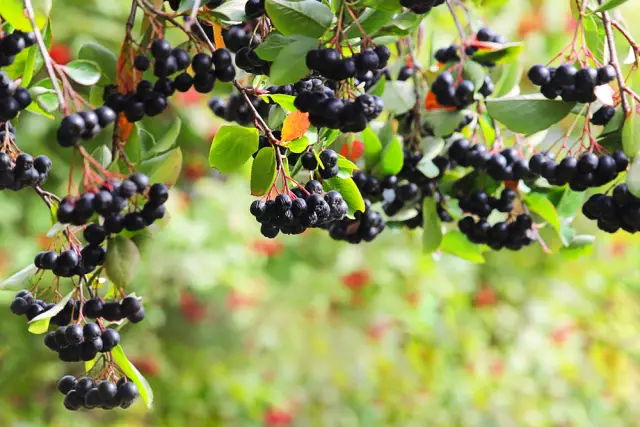- Author Rachel Wainwright [email protected].
- Public 2023-12-15 07:39.
- Last modified 2025-11-02 20:14.
Goose
The goose is a waterfowl of the duck family, widely and widely used in the household.

Taste properties
Goose meat is slightly darker in color than chicken meat. It tastes juicy and aromatic, and therefore enjoys well-deserved popularity.
Useful properties of a goose
Goose meat contains a lot of protein, which is easily absorbed by the body. It helps the human body to better absorb calcium. It also contains vitamins of group A, B, phosphorus, iron and manganese.
Goose meat contains calciferol, which is responsible for the regulation of phosphorus and calcium metabolism in the body, cobalamin - an element necessary to prevent pernicious anemia, and folic acid, which is especially necessary during pregnancy.
Calorie content of goose meat
Nutritional value of 100 g of goose meat: fats - 7.13 g, water - 68.3 g, carbohydrates - 0 g, proteins - 22.75 g, ash - 1.1 g.
The calorie content of goose meat per 100 g is 161 kcal (without skin).
The use of goose meat and offal for medicinal purposes
Goose meat is ideal for people with constant physical activity - it nourishes the body with essential vitamins and maintains strength.
Goose meat is recommended for stimulating the brain and overcoming stress, therefore it is indispensable for exhaustion. Children are not given goose meat, as it is quite difficult to digest and has a high fat content. It is recommended to introduce small quantities of goose meat into the child's diet no earlier than 6 years of age.
The human body digests goose offal well, which is recommended to be taken in case of anemia, as they stimulate hematopoiesis.
Goose liver contains many vitamins. It contains retinol, which is important for the eyes and skin, as well as increasing potency, pantothenic acid, which normalizes metabolism in the body, thiamine, which converts carbohydrates into energy, and pyridoxine, which is involved in the reactions of cleavage and synthesis of amino acids. Also, goose liver contains biotin, which promotes skin healing and niacin, which is involved in many oxidative reactions of living cells.

The use of goose fat for medicinal purposes
Goose fat is used in folk medicine and cosmetology. It is rich in polyunsaturated acids such as oleic acid, therefore it surpasses other animal fats in its medicinal properties, and does not harm the blood vessels and heart.
In Korea, it is believed that goose fat is capable of absorbing tumors. In addition, it is recommended to use it for people with gallstone disease, as it promotes the production of bile. Korean doctors claim that this product helps to remove toxins from the body, therefore they use goose fat for poisoning.
Goose fat has the ability to withstand high temperatures without changing its molecular structure. Therefore, this product is easily absorbed by the body.
In folk medicine, goose fat is used for such diseases:
- For skin diseases - wet eczema and psoriasis;
- Goose fat ointments are used to treat coughs;
- In case of frostbite and burns, fat is rubbed into the affected skin;
- In the treatment of pulmonary tuberculosis and pneumonia, compresses are made using goose fat;
- For the treatment of shortness of breath, infusions are made using goose fat;
- For back pain, thrombophelitis and leg diseases;
- For the prevention of broncho-pulmonary diseases.
In cosmetology, goose fat is used to make the skin of the face, legs and arms tender and soft. It whitens the skin well and heals superficial damage.
Contraindications and warnings
The calorie content of goose meat is low, but its frequent use together with goose fat can lead to excess weight. You can slightly reduce the calorie content of goose meat if you remove excess fat, and boil or bake the meat, and not fry it. Goose meat abuse can raise blood cholesterol levels, which, in turn, provokes heart and vascular diseases. Therefore, Gus is contraindicated for diabetics and those who suffer from cardiovascular diseases. Due to the difficulties in assimilation, it should be eaten with caution by people with diseases of the stomach, liver and pancreas.
YouTube video related to the article:
Found a mistake in the text? Select it and press Ctrl + Enter.






